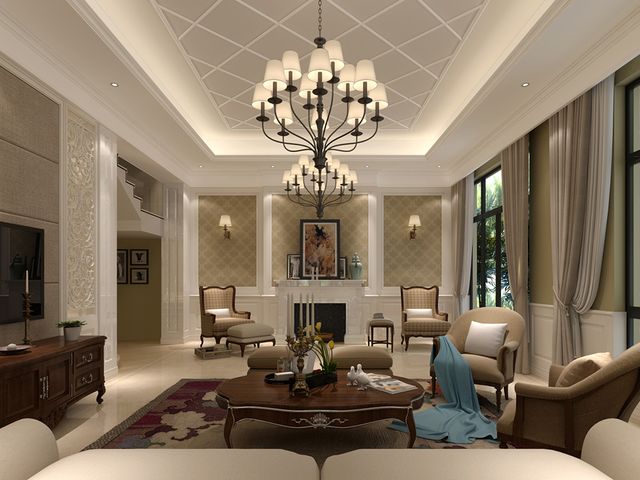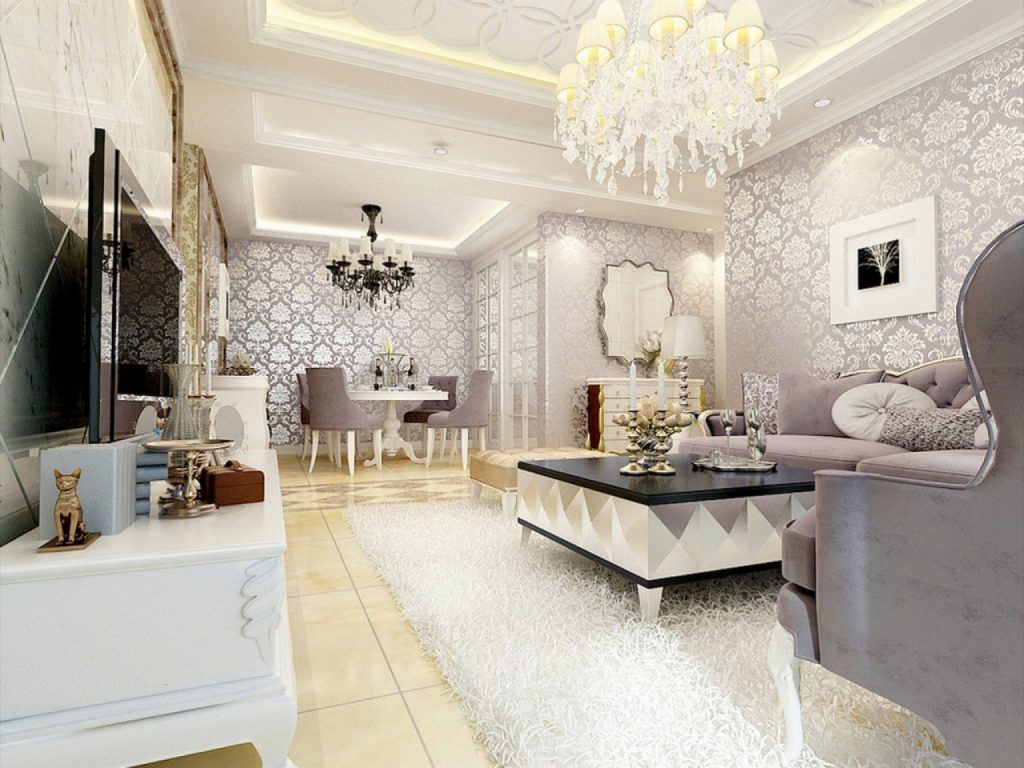Neoclassical style is rooted in eighteenth century Europe, inspired by Ancient Greek and Roman decoration. It developed as a response to Baroque and Rococo styles, which were popular at the time. Although it tried to bring back the “purity” of Roman and Greek art, many elements remained from the Louis XVI styles. This article will show some of the common elements in neoclassical decoration and how they come together to create a beautiful space.
Colour
Neoclassical style generally uses light, creamy colours for walls and mild tones for accents. Whites, greys, and pale shades of blue, green, and yellow are all impactful. Antique stone shades can also bring out an authentic, classic look. It’s important to keep the contrast low between the background and accent colours. Here is an example of effective use of stone in conjunction with mild shades of green.
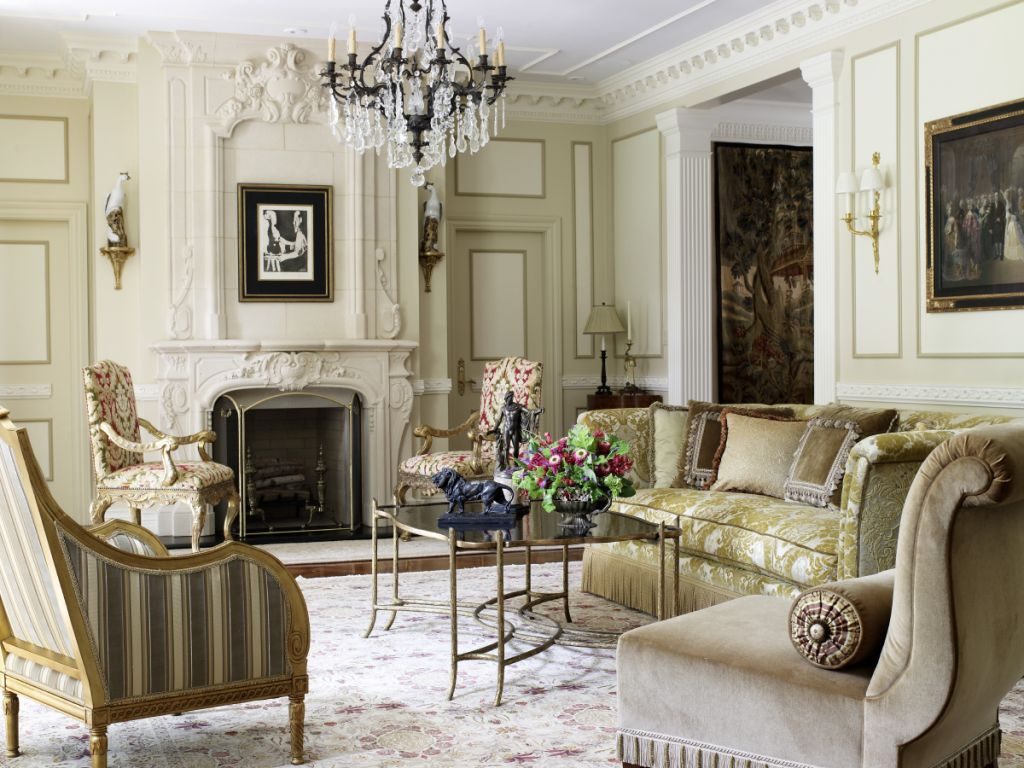
Furniture
Furniture in neoclassical style can vary greatly. Early adaptations of this style used furniture directly from Louis XVI decor. Baroque and rococo style furniture, with curved lines and extravagant designs, can add formality to a room. Modern takes on this style often include furniture with simple wooden frames and plain designs, however even contemporary furniture can be used, so far as it is consistent. The following example shows how modern furniture can help create a warm and comfortable environment.
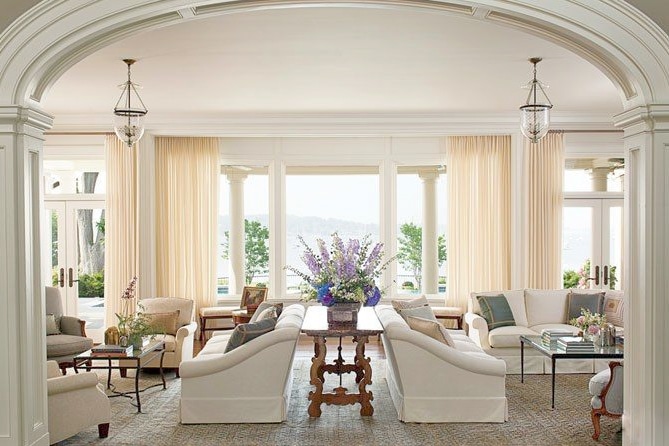
Decoration
Neoclassical decoration usually takes a toned down approach to elements from Roman and Greek classics, however French baroque and rococo elements are sometimes substituted. Columns and pilasters can bring an elegant and classic feel to a neoclassical room. To add a French ambience, wall mouldings, panneling and a dentil cornice can be effective. Spice up the room with some urns, pottery, and a simple chandelier to complete the look.
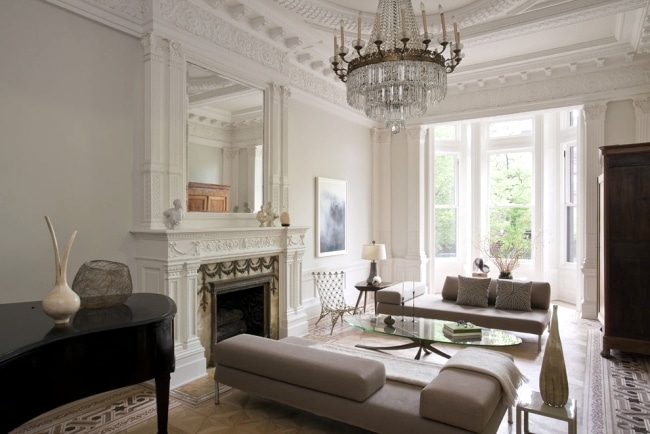
Trends
Many decorators are pushing towards a more modern use of the neoclassical style. Some of the hottest takes on this style include a backdrop of Italian damask wallpaper with elegant, repeating designs. LED lit ceilings are equally popular for modern neoclassical adaptations. Although these modern decorations may take away from the traditions behind neoclassical style, they are able to create a new and invigorating atmosphere. These next examples show exactly that.
